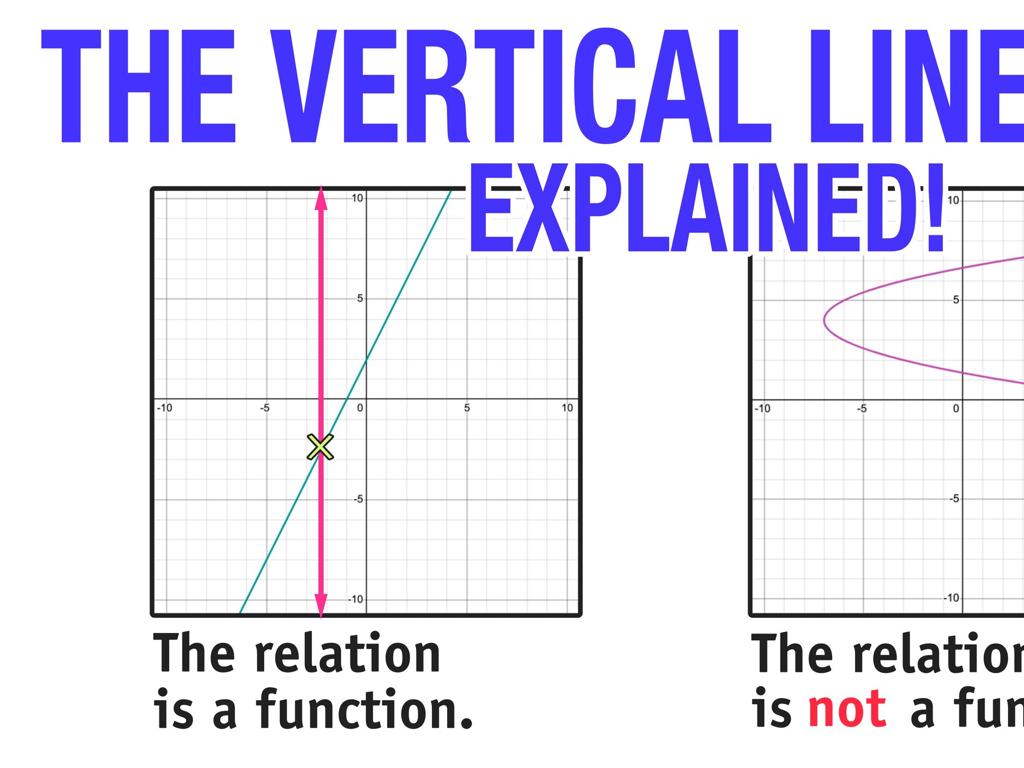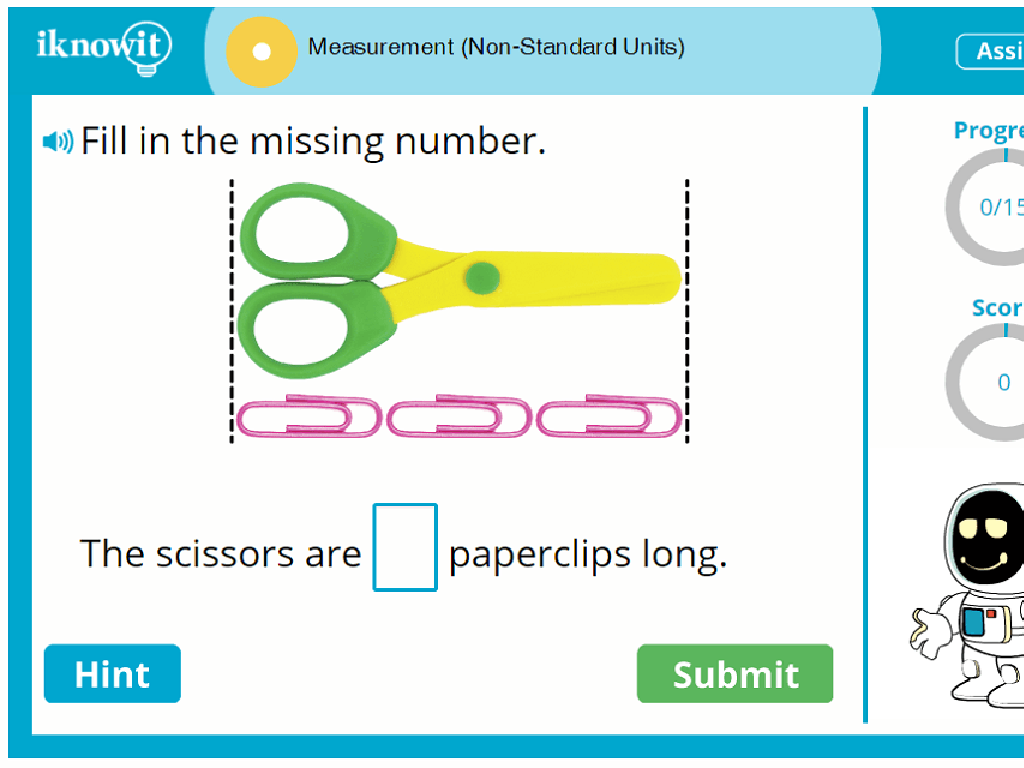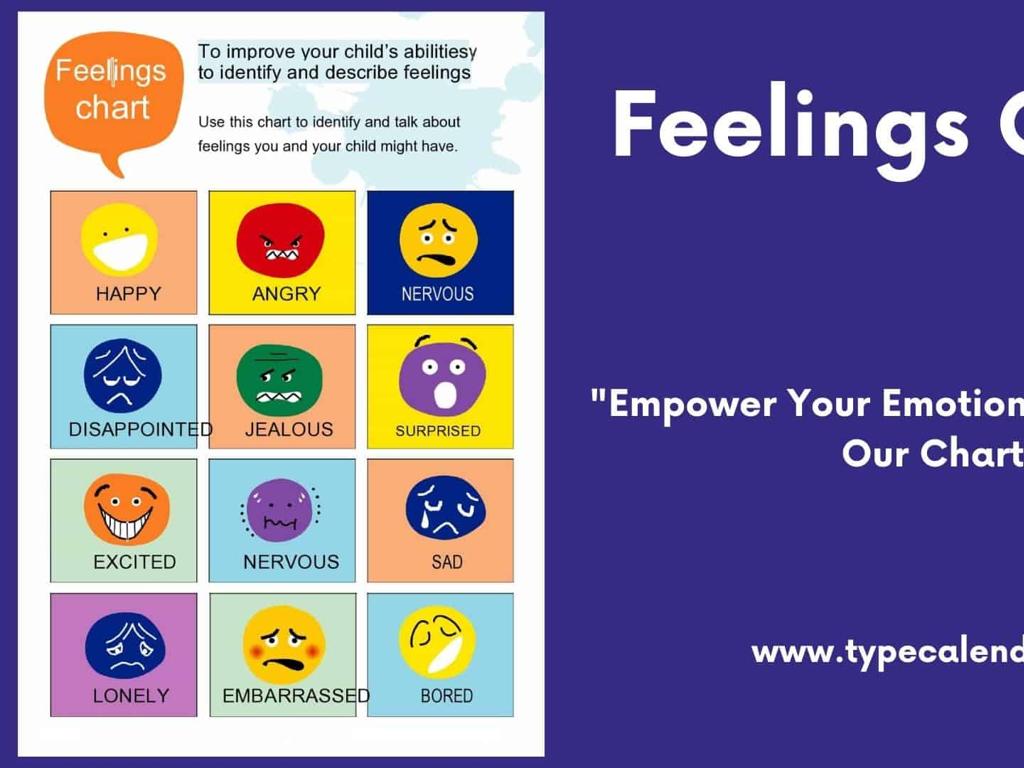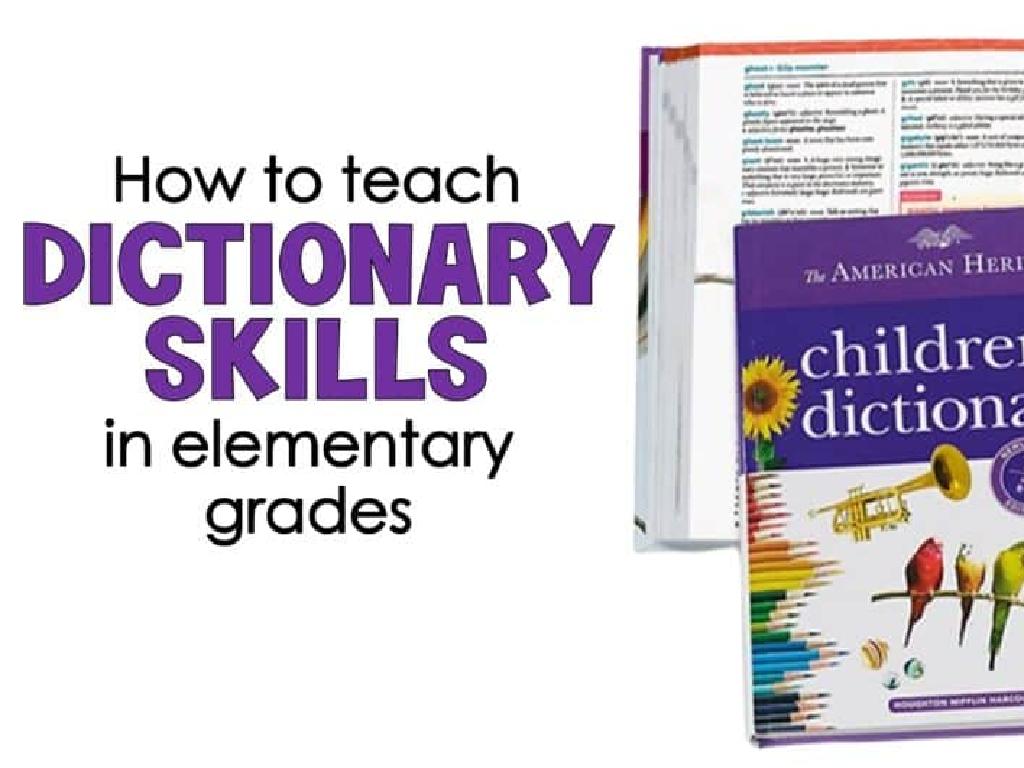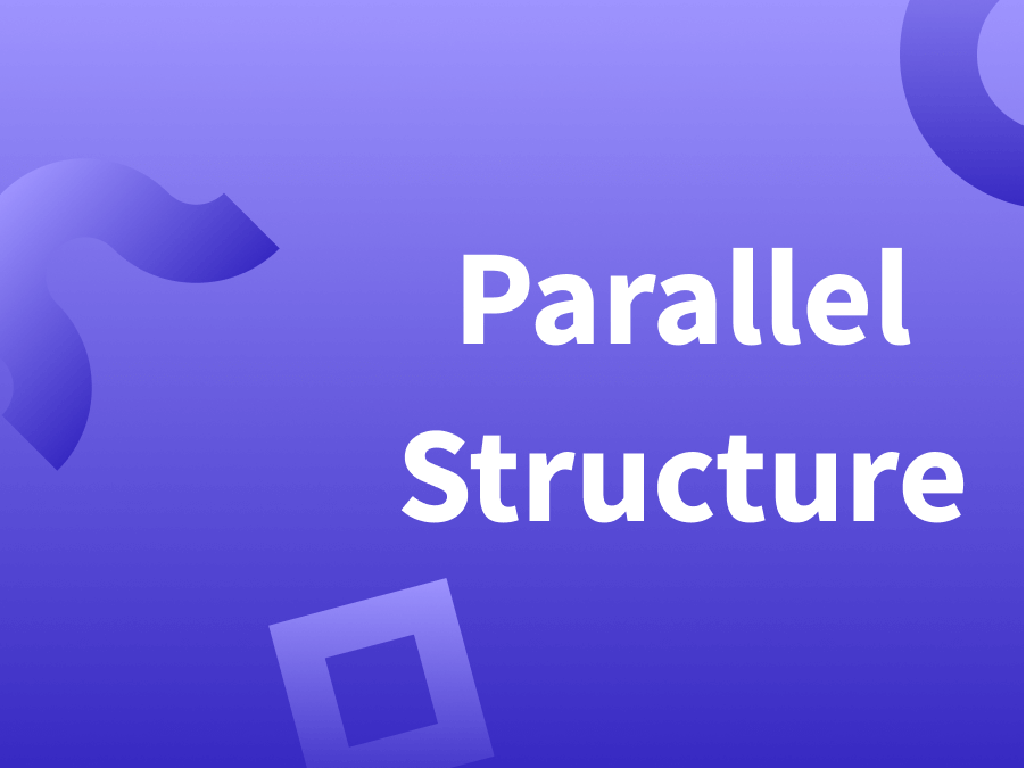Multiply 1-Digit Numbers By 2-Digit Numbers Using Area Models
Subject: Math
Grade: Fourth grade
Topic: Multiply By One-Digit Numbers
Please LOG IN to download the presentation. Access is available to registered users only.
View More Content
Multiplying with Area Models
– Multiplication as arrays
– Imagine rows and columns of objects
– Visualizing with area models
– Area models show the parts of multiplication
– Steps for using area models
– Draw a rectangle, split it, label sides, multiply, then add
– Practice problem
– Let’s try 4 x 13 together using an area model!
|
This slide introduces the concept of using area models to multiply 1-digit numbers by 2-digit numbers. Begin by explaining multiplication as arranging objects into rows and columns, which forms an array. Then, show how an area model is a visual representation of this concept, breaking down the multiplication into more manageable parts. Walk through the steps of drawing an area model: creating a rectangle, dividing it according to place value, labeling each side with the numbers to be multiplied, and then adding the products. Conclude with a practice problem, such as 4 x 13, to solidify the students’ understanding. Encourage students to draw their own area models and share their work with the class.
Understanding Multiplication
– Multiplication as quick addition
– Example: 3 x 4 as repeated addition
– Instead of adding 4 three times, we can multiply 3 by 4
– Commutative property of multiplication
– Order doesn’t matter: 3 x 4 gives the same result as 4 x 3
– Practice with area models
– Use rectangles to visualize 3 groups of 4
|
This slide introduces the concept of multiplication as a method of fast addition, which helps students transition from addition to understanding multiplication. Use the example of 3 x 4 to show that multiplication is simply adding the same number multiple times. Emphasize the commutative property, which states that the order of numbers does not change the product. Introduce area models as a visual tool to represent multiplication problems, where the length and width of rectangles are the factors, and the area represents the product. Encourage students to draw their own area models to solve multiplication problems and to recognize patterns in multiplication.
Building Blocks of Multiplication
– Use blocks to represent numbers
– Blocks help visualize numbers: 1 block = 1, a rod = 10
– Single blocks for 1s, rods for 10s
– 1s are single units, 10s are grouped in rods
– Create area models with blocks
– Arrange blocks in rows and columns to form an area
– Understand multiplication visually
|
This slide introduces the concept of using physical blocks to help students understand multiplication visually. Single blocks represent the ones place, while rods (or a group of 10 blocks) represent the tens place. By arranging these blocks to create area models, students can see how multiplication works as an array of blocks, helping them grasp the concept of multiplying 1-digit numbers by 2-digit numbers. Encourage students to practice with real blocks or drawings to solidify their understanding. The visual representation will aid in their comprehension of larger multiplication problems.
Multiplying with Area Models
– Break down larger multiplication
– Area models divide a big problem into smaller pieces
– Each section is part of the problem
– Imagine dividing a rectangle into parts, each part is a piece of the multiplication
– Add sections for the answer
– Sum the parts to find the total product
– Visualize multiplication as an area
– Helps us see how multiplication forms a rectangle’s area
|
This slide introduces the concept of using area models to multiply 1-digit numbers by 2-digit numbers. Area models help students visualize the multiplication process by breaking it down into smaller, more manageable parts. Each section of the model represents a partial product of the multiplication, and adding these sections together gives the final answer. This method reinforces the concept of multiplication as adding equal groups and connects to the geometric interpretation of area. Encourage students to draw their own area models and practice with different multiplication problems to solidify their understanding.
Let’s Multiply: 1-digit x 2-digit Numbers
– Example: 3 x 24 with an area model
– Visualize 3 groups of 24 in a rectangle
– Break down 24 into 20 and 4
– 24 is 2 tens (20) plus 4 ones
– Multiply 3 by 20 (2 tens)
– 3 groups of 20 equals 60
– Multiply 3 by 4 (4 ones)
– 3 groups of 4 equals 12
|
This slide introduces students to the concept of using area models to multiply 1-digit numbers by 2-digit numbers. Start with a concrete example, such as 3 x 24, and guide students through the process of breaking down the 2-digit number into tens and ones. Then, show them how to multiply the 1-digit number by each part separately. Emphasize the importance of understanding the value of each digit in the 2-digit number. After multiplying, students will add the results to find the final product. Encourage students to draw their own area models and practice with different numbers to solidify their understanding.
Practice Time: Multiplying with Area Models
– Try multiplying: 4 x 13
– Create an area model for 4 x 13
– Draw a rectangle, split into 4 rows, each row represents 4 units
– Solve each part of the model
– Multiply 4 by 10, and 4 by 3 separately
– Add the parts to find the total
– Combine the two products to get the final answer
|
This slide is a class activity designed to help students practice multiplying 1-digit numbers by 2-digit numbers using area models. Students will apply their understanding of area models to multiply 4 by 13. They should draw a rectangle and divide it into 4 equal rows to represent the 4 units. Then, they will calculate the area of two parts: one part representing 4×10 and the other 4×3. After solving these two parts, they will add the results together to find the total product. Encourage students to share their models and solutions with the class. Possible activities include pairing students to check each other’s work, creating larger area models with manipulatives, or challenging them to find different ways to represent the problem with an area model.
Class Activity: Multiplication Art
– Create colorful area models
– Cut paper for 5 x 16
Use different colors for each row of the area model
– Arrange pieces to show product
Each piece represents a ‘1’ in the multiplication
– Share models with classmates
|
This activity is designed to help students visualize the concept of multiplication using area models. Provide students with colorful paper and scissors. Instruct them to cut the paper into pieces that they will use to build an area model for the multiplication of 5 by 16. Each row in their model should represent a group of 16, and there should be 5 rows to represent the 5 groups. Once completed, students will share their models with the class, explaining how they arranged the pieces to represent the multiplication. This hands-on activity not only reinforces the concept of multiplication but also allows for creativity and discussion among students. Possible variations include using different multiplication problems or allowing students to work in pairs.
Review and Reflect: Area Models in Multiplication
– Recap: Multiplying with area models
– Area models help visualize the product of two numbers as the area of a rectangle.
– Applying area models to new problems
– Use this method to break down larger multiplication problems into smaller, manageable parts.
– Share an interesting discovery
– Maybe you enjoyed drawing the models or found a pattern in the numbers.
|
This slide aims to consolidate the students’ understanding of using area models for multiplication. Begin by reviewing the concept of area models and how they can represent the product of two numbers. Discuss how this visual method can be applied to other multiplication problems, not just those with 1-digit and 2-digit numbers. Encourage students to reflect on the process and share one aspect of the lesson they found particularly interesting or helpful. This could be a specific problem they solved, a pattern they noticed, or simply the satisfaction of understanding a new concept. Use this opportunity to assess comprehension and to reinforce the usefulness of area models in solving multiplication problems.
Homework Challenge: Area Model Multiplication
– Practice: Multiply 7 x 25 using an area model
– Draw a rectangle, split it based on place values, and multiply
– Create your area model on paper
– Show each step of your work clearly on your paper
– Be prepared to explain your model in class
– Think about how you split the numbers and the sums you got
|
This homework task is designed to reinforce the concept of multiplying using area models, which helps in visualizing multiplication as an area in a rectangle. Students should draw a large rectangle, divide it into sections based on the place values of the two-digit number (20 and 5 for 25), and then multiply each section by the one-digit number (7). They should add the results of each section to find the total product. Encourage students to label each part of their area model clearly and to be ready to discuss how they arrived at their answer. This exercise will help solidify their understanding of multiplication and prepare them for more complex problems.

